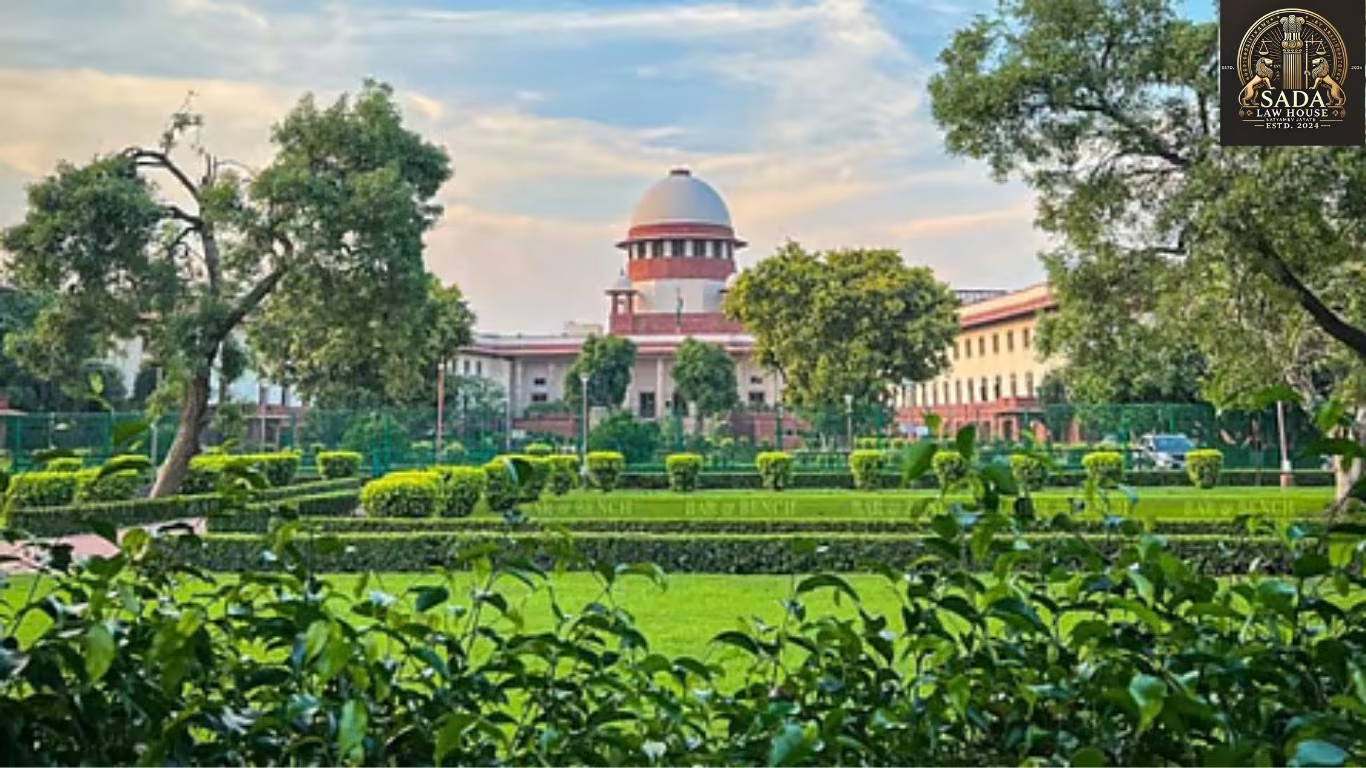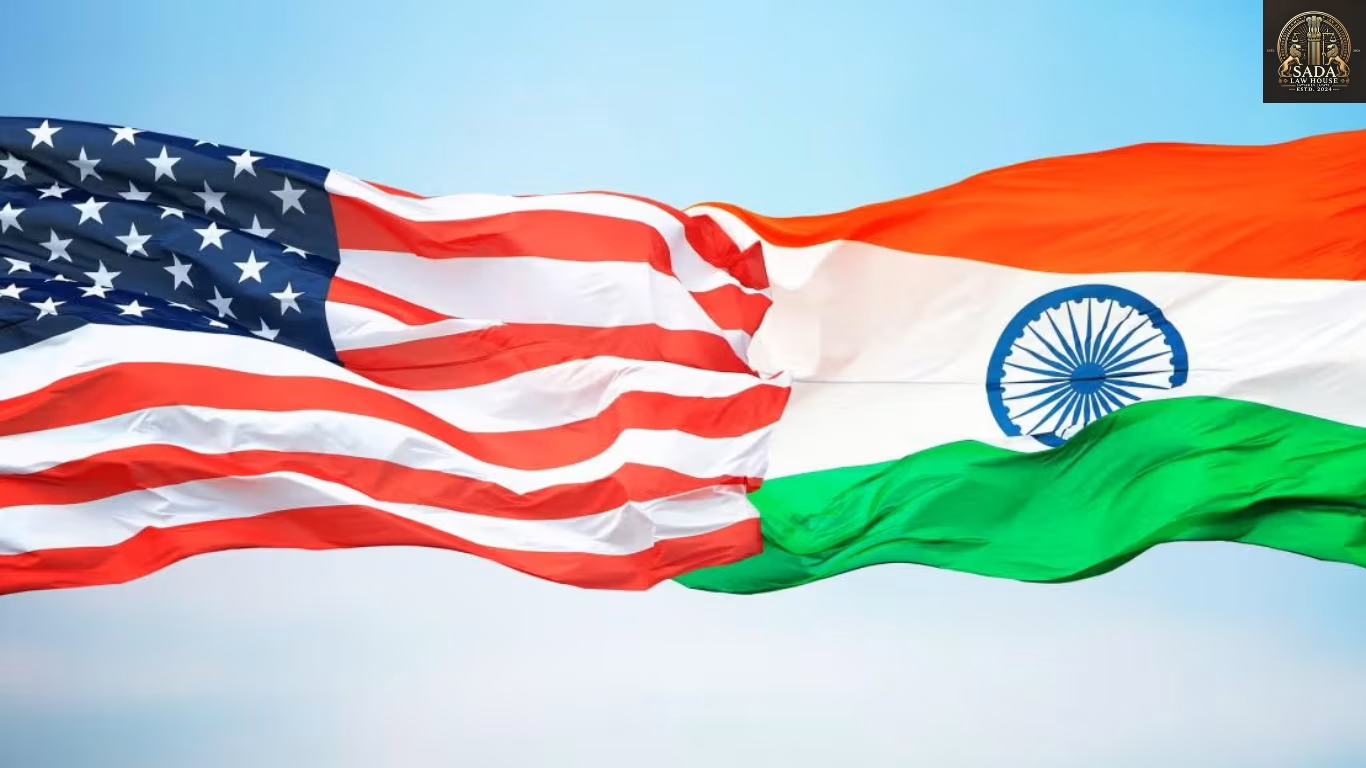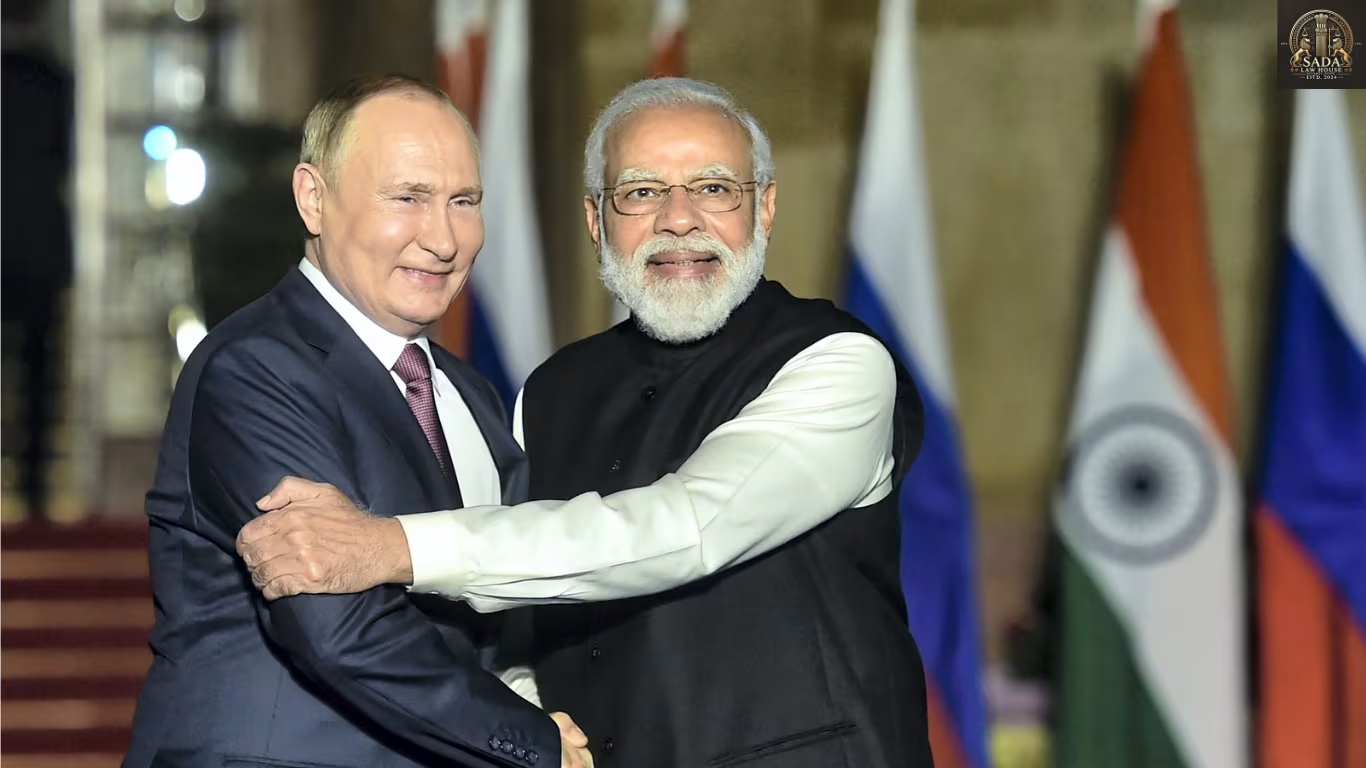“Pray to Lord Vishnu”: Supreme Court Refuses to Entertain Plea to Restore Beheaded Idol at Khajuraho
- Kashak Agarwala
- 16 September 2025

Introduction:
The Supreme Court of India on September 16, 2025, declined to entertain a petition seeking restoration of a beheaded 7-foot statue of Lord Vishnu at the Javari temple, part of the Khajuraho group of monuments in Madhya Pradesh. The Court held that the matter falls under the jurisdiction of the Archaeological Survey of India (ASI), not the judiciary.
Background:
The Khajuraho temples, constructed by the Chandravanshi kings, are famous for their intricate carvings and historical significance. The idol in question was mutilated during past invasions, including by the Mughals, and has remained unrestored for decades. The petitioner argued that government inaction, both during the colonial period and post-independence, had left the idol in its damaged state.
Key Developments:
Petition Filed: Rakesh Dalal filed the petition, urging restoration of the idol and asserting that its damaged condition violates devotees’ right to worship.
Court Proceedings: The petition was heard by Chief Justice BR Gavai and Justice Augustine George Masih.
CJI Remarks: CJI Gavai advised the petitioner to approach ASI for restoration, emphasizing the legal and administrative jurisdiction: “Go and ask the deity itself to do something now…It is an archeological field and ASI must issue permission etc.”
Issues Raised:
Alleged violation of devotees’ right to worship due to non-restoration of the idol.
Historical neglect of cultural heritage, both during colonial times and after independence.
Repeated petitions, protests, and memoranda submitted to authorities were reportedly ignored.
Current Status:
The Supreme Court rejected the petition, clarifying that restoration is under ASI’s administrative domain.
The matter will now have to be pursued with the ASI, which governs maintenance and restoration of protected monuments.
Conclusion:
The Supreme Court’s refusal highlights the division between judicial intervention and administrative authority in heritage conservation. While devotees’ concerns remain, restoration of historic idols must be addressed through statutory bodies like ASI rather than the courts.
Live Cases






